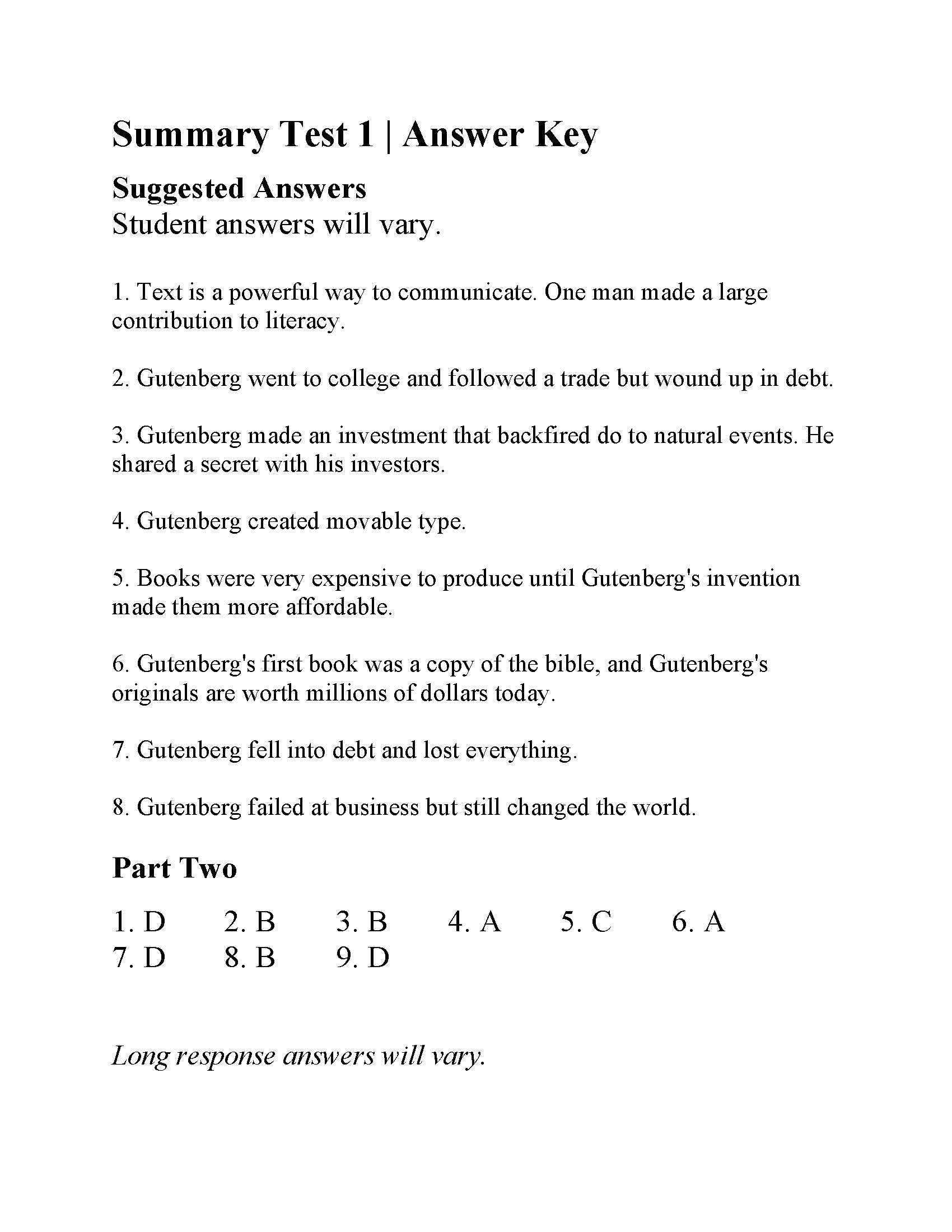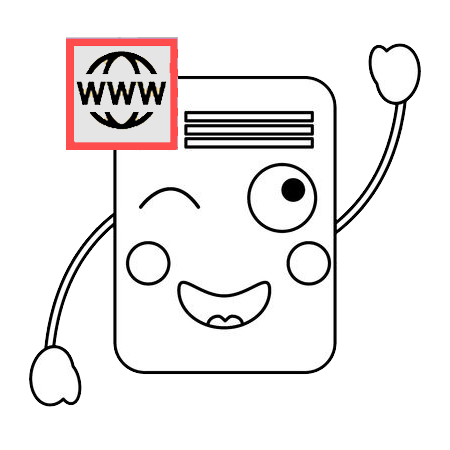
Here is a test to help you evaluate your students' ability to summarize. Students read a long passage about Johannes Gutenberg and highlight important information in the text. Then they summarize each paragraph, answer multiple-choice questions, and create extended responses.





 to the file." />
to the file." />


Based on the readability scores for this text, Summarizing Test is recommended for students reading at grade levels 7 - 11. This text should be accessible to any student reading at a 7th grade reading level or higher.
11th GradeR.2 - Determine central ideas or themes of a text and analyze their development; summarize the key supporting details and ideas.
RL.K.2 - With prompting and support, retell familiar stories, including key details.
RL.1.2 - Retell stories, including key details, and demonstrate understanding of their central message or lesson.
RL.2.2 - Recount stories, including fables and folktales from diverse cultures, and determine their central message, lesson, or moral.
RL.3.2 - Recount stories, including fables, folktales, and myths from diverse cultures; determine the central message, lesson, or moral and explain how it is conveyed through key details in the text.
RL.4.2 - Determine a theme of a story, drama, or poem from details in the text; summarize the text.
RL.5.2 - Determine a theme of a story, drama, or poem from details in the text, including how characters in a story or drama respond to challenges or how the speaker in a poem reflects upon a topic; summarize the text.
RL.6.2 - Determine a theme or central idea of a text and how it is conveyed through particular details; provide a summary of the text distinct from personal opinions or judgments.
RL.7.2 - Determine a theme or central idea of a text and analyze its development over the course of the text; provide an objective summary of the text.
RL.8.2 - Determine a theme or central idea of a text and analyze its development over the course of the text, including its relationship to the characters, setting, and plot; provide an objective summary of the text.
RL.9-10.2 - Determine a theme or central idea of a text and analyze in detail its development over the course of the text, including how it emerges and is shaped and refined by specific details; provide an objective summary of the text.
RL.11-12.2 - Determine two or more themes or central ideas of a text and analyze their development over the course of the text, including how they interact and build on one another to produce a complex account; provide an objective summary of the text.